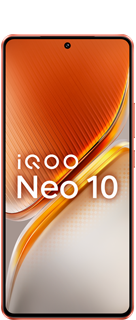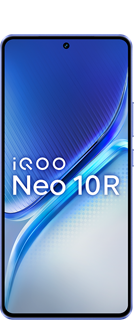Scientists Discover a Game-Changing Way to Etch 3D NAND Memory

To improve data storage, researchers are perfecting 3D NAND flash memory, which stacks cells to maximize space.
Researchers have discovered a faster, more efficient way to etch deep holes in 3D NAND flash memory using advanced plasma processes. By tweaking the chemistry, they’ve doubled etching speeds and improved precision, setting the stage for denser, higher-capacity memory storage.

An artist’s representation of a hole etched into alternating layers of silicon oxide and silicon nitride using plasma, to make 3D NAND flash memory. Researchers want to refine how they make these holes so each one is deep, narrow, and vertical, with smooth sides.
Credit: Kyle Palmer / PPPL Communications Department
Stacking Memory Cells to Save Space
Digital memory saves information in units called cells. Data is saved as the cell’s state, where each cell is either on or off. With traditional NAND flash memory, the cells are arranged in a single layer. In 3D NAND flash memory, many memory cells are stacked on top of each other to fit more data in a smaller footprint. It’s akin to replacing a bungalow with a 10-story apartment to house more people.

Alternating layers of silicon dioxide and silicon nitride (left) are etched to create a deep, vertical hole (right).
Credit: Thorsten Lill / Lam Research
Researchers want to refine how they make these holes so each one is deep, narrow and vertical, with smooth sides.
Using Plasma to Create Deep, Narrow Channels -
Using the charged particles found in plasma is the easiest way to create the very small but deep, circular holes needed for microelectronics
Doubling Etch Rates with New Approaches -
The etching rate for the alternating silicon oxide and silicon nitride layers more than doubled, increasing from 310 nanometers per minute to 640 nanometers per minute.
Source - Scitechdaily
Signing off
@iQOO Connect@NITIN@JStreetS@MKJEDI@RZ Nitin@Aojesh@Parakram Hazarika

Please sign in
Login and share






















